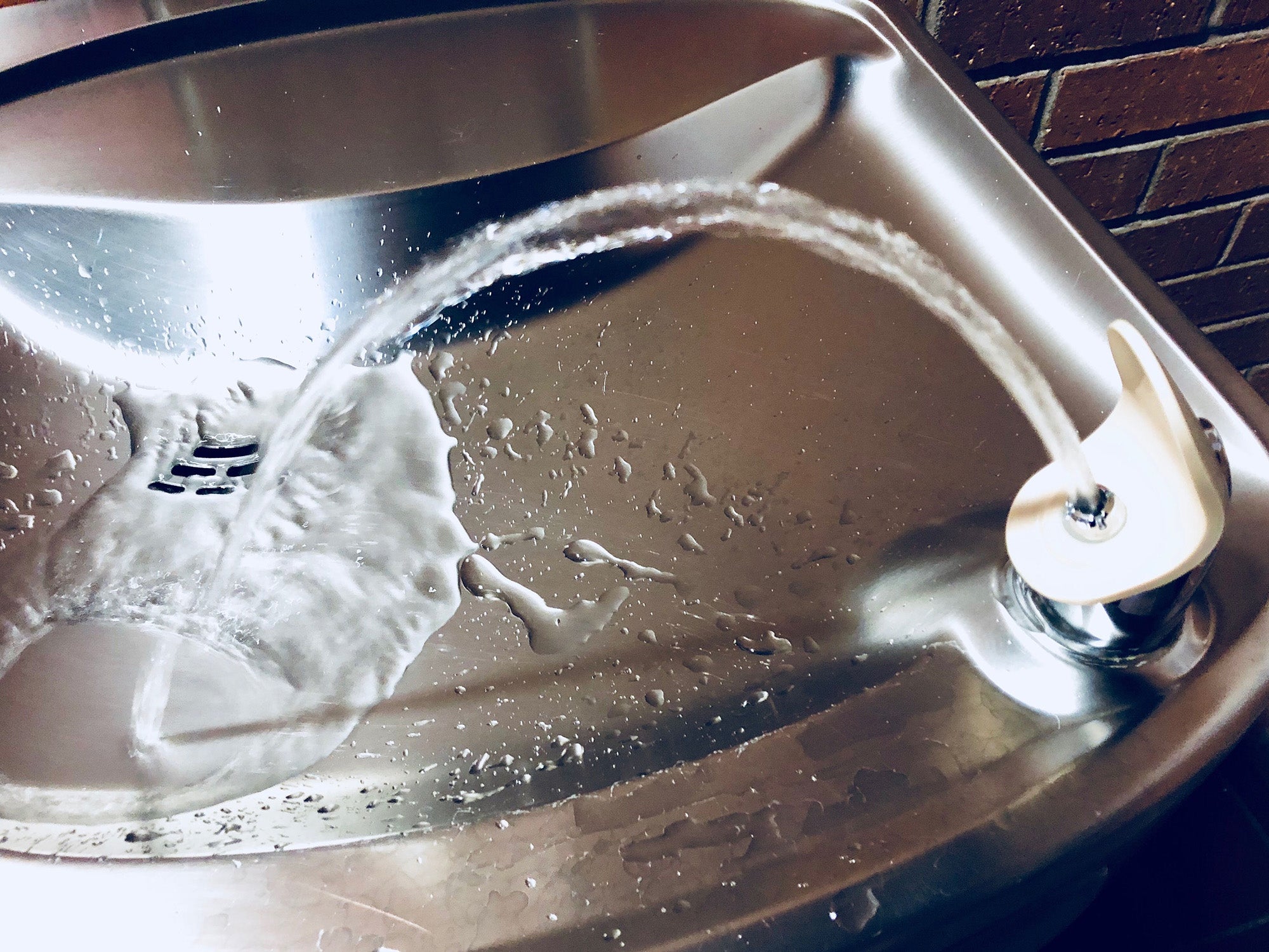Nearly half of Eau Claire’s city wells have been shut down due to concerns over PFAS contamination.
In July, the city announced four of its 16 wells had been taken offline after testing showed PFAS levels exceeded the combined groundwater standard of 20 parts per trillion that’s recommended by state health officials. Now, the city has voluntarily stopped using three more wells after additional testing showed a mix of PFAS chemicals that are concerning to state health officials.
“The DNR as a whole is working to make sure that the city is testing the water that’s being distributed to the citizens as frequently as appropriate, so that we know that citizens are being served safe water. And then secondly, we’re working with the city on a plan to try to contain the contamination,” said Matt Thompson, hydrogeologist with the Wisconsin Department of Natural Resources.
News with a little more humanity
WPR’s “Wisconsin Today” newsletter keeps you connected to the state you love without feeling overwhelmed. No paywall. No agenda. No corporate filter.
PFAS, or perfluoroalkyl and polyfluoroalkyl substances, are a class of thousands of so-called “forever chemicals” that are found in firefighting foam and everyday products. They’ve raised concerns because they’ve been linked to increased risk of kidney and testicular cancers, thyroid disease and fertility issues. The chemicals don’t break down easily in the environment.
Recent sampling of five wells that were taken offline showed levels of PFAS ranging from 21.3 to 70 parts per trillion, exceeding the state’s combined groundwater standard recommended for six PFAS chemicals. Four more wells tested above the state’s health hazard index for PFAS, which measures public health concern related to a mix of PFAS chemicals in the water.
Multiple federal agencies use a hazard index to assess health risks associated with compounds like PFAS, including the Environmental Protection Agency. Dr. Sarah Yang, groundwater toxicologist for the Department of Health Services, said being exposed to multiple PFAS substances at once can pose a health risk.
“We can’t say for certain that people are going to get sick from that water. It’s just a level at which we want people or, in this case, like the water utilities to take additional action to reduce PFAS exposure,” said Yang.
The city voluntarily opted not to use two of the four wells that exceeded the hazard index while the other two may be used when blended with water from unaffected wells. The city is not currently blending water from any wells that tested above that hazard index.
Eau Claire Utilities Manager Lane Berg said water that’s been distributed to customers has never exceeded the state’s recommended standard. The city is now pumping around 5 million gallons of water per day from three wells into two lagoons to prevent pollution from migrating to unaffected wells.
“By shutting those northernmost wells off, the PFAS started to migrate to the south to our wells that were initially lower level,” said Berg.
Berg said early results indicate pumping has brought the hazard index down in wells with lower levels of the chemicals. A survey of the area found no homes with private wells that could be impacted by contamination. So far, the city has been able to meet demand for municipal water, which is offered to more than 70,000 residents in the city of Eau Claire and the Town of Washington.
The Wisconsin DNR believes the Chippewa Valley Regional Airport is responsible for PFAS contamination in city wells based on groundwater flow in the area and mandated testing of firefighting foam that contains PFAS at airport facilities. The agency directed the airport to launch an investigation into contamination in August.
The city has hired engineering firm Gannett Fleming to do groundwater modeling, and it’s exploring treatment options for the water utility.
“We had not budgeted any money for this, so we’re going to have to scramble to pay for a treatment system if that’s the direction we go or if we drill new wells,” said Berg. “So, financially, it’s going to be a burden to us.”
Berg said initial estimates indicate the city will need to spend millions of dollars.
Eau Claire, La Crosse, Rhinelander and Madison are among cities that have shut down municipal wells due to PFAS contamination.
The Municipal Water Coalition, which includes the League of Wisconsin Municipalities, has expressed concerns over the state’s efforts to regulate PFAS, urging the state to wait for federal standards.
“Our water utilities will continue to do the right things for their residents and their customers to keep them safe, but I do think we need to keep in the back of our mind the costs associated with the remediation and then who will be paying those costs,” said Toni Herkert, the League’s government affairs director.
Without programs that provide financial assistance, Herkert noted the cost of treatment would be spread amongst the utility’s ratepayers. The League notes that Wisconsin’s public water supplies are already facing $8.5 billion in infrastructure needs like distribution and treatment.
State environmental regulators have said waiting for federal standards may take up to six years to develop and unnecessarily expose residents to health risks in communities that have been affected by PFAS contamination.
Wisconsin Public Radio, © Copyright 2025, Board of Regents of the University of Wisconsin System and Wisconsin Educational Communications Board.







